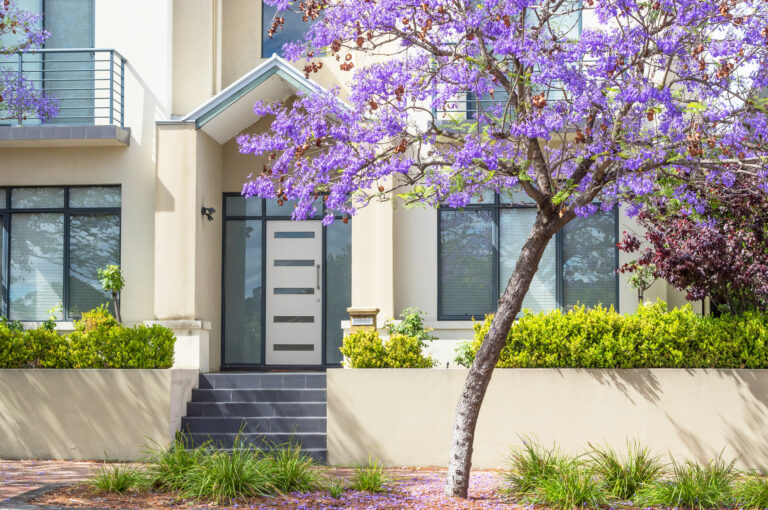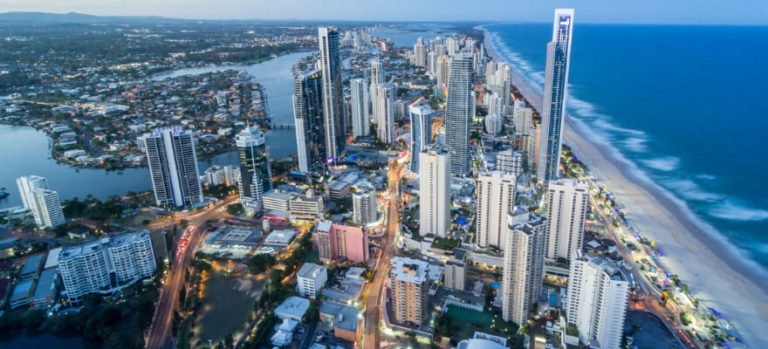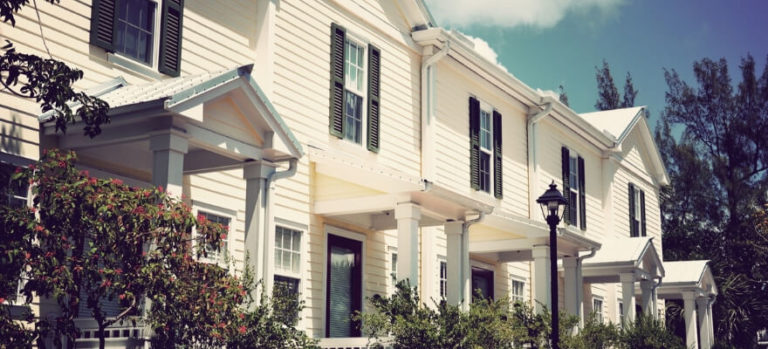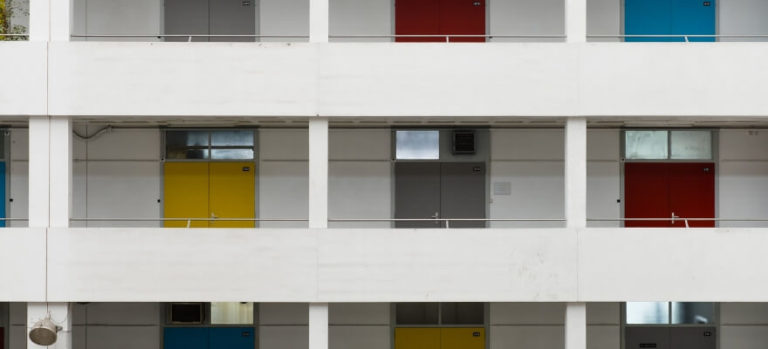The number of people moving from capital cities to regional areas has boomed over the past year. An index compiled by the Commonwealth Bank and Regional Australia Institute shows the number of Australians moving to regional areas grew 7% in the March Quarter – the highest levels since 2018. The locations with the biggest boosts to their population of ex-city dwellers are the Gold Coast, Geelong and Wollongong. Chris McNeill of Ethos Urban says: “The surge in growth in regional areas appears to be very real as land sales, which are a leading indicator, have really surged in regional cities and towns.” CBA executive general manager of regional and agribusiness banking Grant Cairns believes the move to regional areas will be permanent, as people looked to improve their lifestyles. Analysis by buyers’ agency Propertyology shows the push for a regional move preceded Covid, with 130,000 people relocating from capital cities to regional areas in the five years to December 2020.
Qld Leads Sales Uplift
Australia’s booming property market has seen a record number of transactions and price growth, a new report reveals. Digital property settlements platform Property Exchange Australia (PEXA) has released its Property and Mortgage Insights Report, which confirms the national property boom. Queensland is the standout performer among the eastern states, with property sale settlements rising 37% to 203,100 in FY2021. NSW recorded the highest settlement volumes of 218,700, a 26% rise. Held back by lockdowns, Victoria lagged at 199,000 settlements, a 12% rise. PEXA’s report also analyses borrowing behaviour, suggesting regional buyers are less likely than city buyers to fund their new purchase with a loan. It says: “80% of city settlements are funded with a new loan, compared to only 66% for regional settlements, suggesting metropolitan home[1]owners are moving to regional areas to take advantage of lower-priced properties, flexible working arrangements and a change in lifestyle.”
Quote of the Week
“Growth in household wealth continues to be driven by rising residential property prices, reflecting support through a range of government incentives, recovery in the labour market and record low interest rates.”
Head of Finance and Wealth at the ABS, Katherine Keenan
Boom Fills Qld Govt Coffers
The Queensland Government will rake in an extra billion dollars in stamp duty in a windfall to public coffers amid the state’s real estate frenzy. About $4.6 billion of transfer duty revenue is tipped to be pumped into Queensland Treasury coffers next financial year – a 25% surge from the $3.69 billion the Government is set to make this year. It comes off the back of a strengthening housing market, with government figures revealing that new housing loan commitments have reached their highest levels since records began in 2002. Over the four years from 2020-21, the government is expected to earn about $4 billion more than what had been forecast in last year’s Budget – a 32% increase. This year’s Budget papers credit government support measures, a reduction in options for household spending (such as overseas travel) and the low cost of finance for the “prevailing strength” of the housing market
Homes Lift Wealth To Record High
Despite all the disruption caused by the pandemic lockdowns, Australia’s net wealth has recovered quickly from the 2020 slide to reach record levels. Thanks to booming house prices, a rising sharemarket and recovery in the labour market, Australia’s net wealth has risen faster and by a larger amount than it did in the three years to the start of the pandemic in early 2020. The combination of a major rise in house prices and the rebound in the value of the ASX in the year to March has seen total household wealth reach an all[1]time high of $12.66 trillion. The March Quarter’s National Financial Accounts underlined the strength of the recovery from the slump in the March Quarter of 2020 when net wealth fell 1.8% to $10.99 trillion. The past year has seen an unprecedented surge of $1.77 trillion, or around 17%. The three months to March saw net wealth rise 4.3% or $518 billion which in turn saw net wealth per head rise to a record high of $492,055
Single Women Rise As FHBs
Despite earning on average 13% less than men, single women are becoming a significant force in the housing market. Analysis by mortgage broker Loan Market has found the proportion of single female first-home buyers has risen from 15.7% to 22% in the past year – one of the fastest-growing home buyer demographics. Buyer’s agent Cate Bakos says single female FHBs now account for one in five of her clients. “They are growing in numbers and are becoming a significant force,” she says. “Government incentives and low interest rates have helped them navigate a purchase they ordinarily couldn’t have.” Single women’s specific reasons for buying a home are as varied as the housing market, but a big trigger is rapidly rising prices. “I looked at the rate at which home prices are rising and realised I would be left behind if I tried to save a 20% deposit,” says Melbourne first-time buyer Michaela Weston. “So I weighed up my options and realised that I could get into the market now, using a 5% deposit










